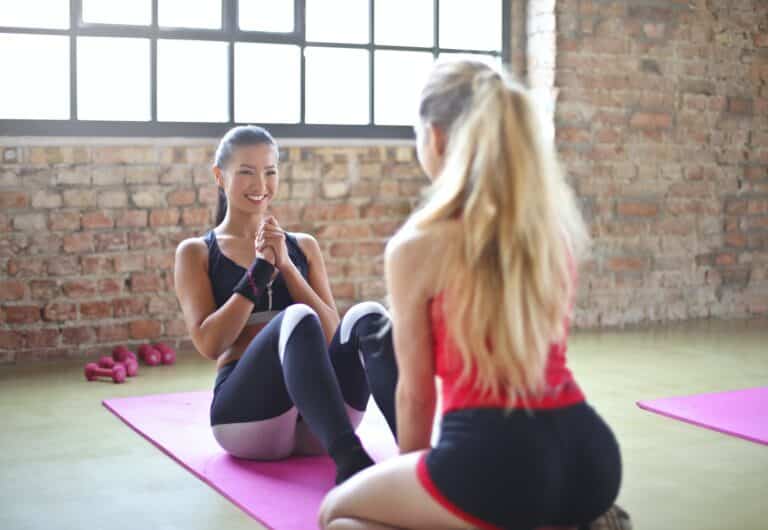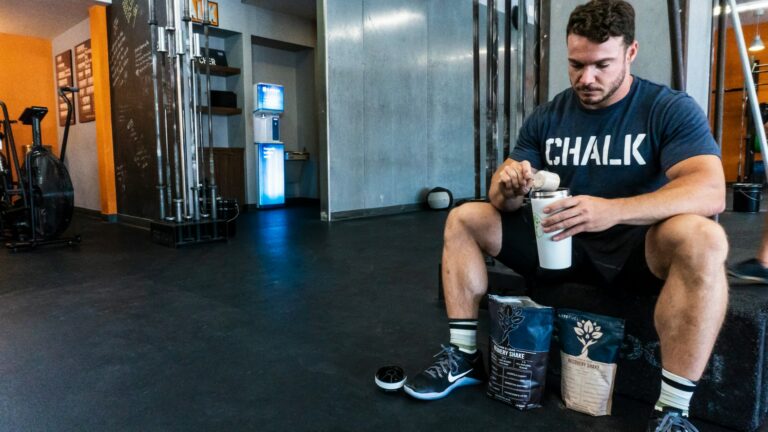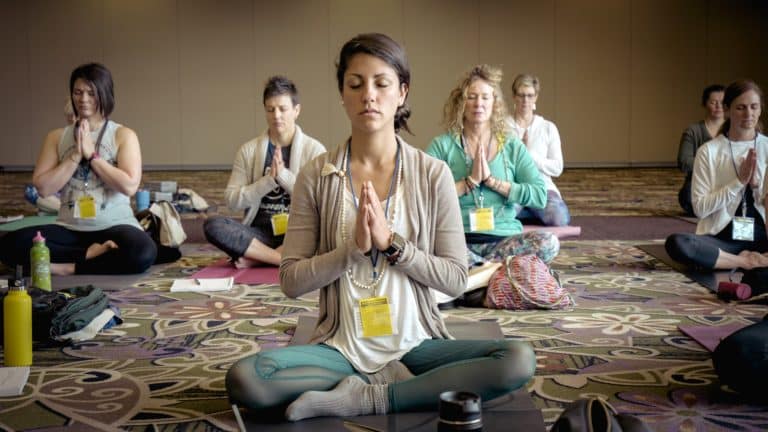Yoga vs. Pilates: Contrasting Training Routines for Mind and Body
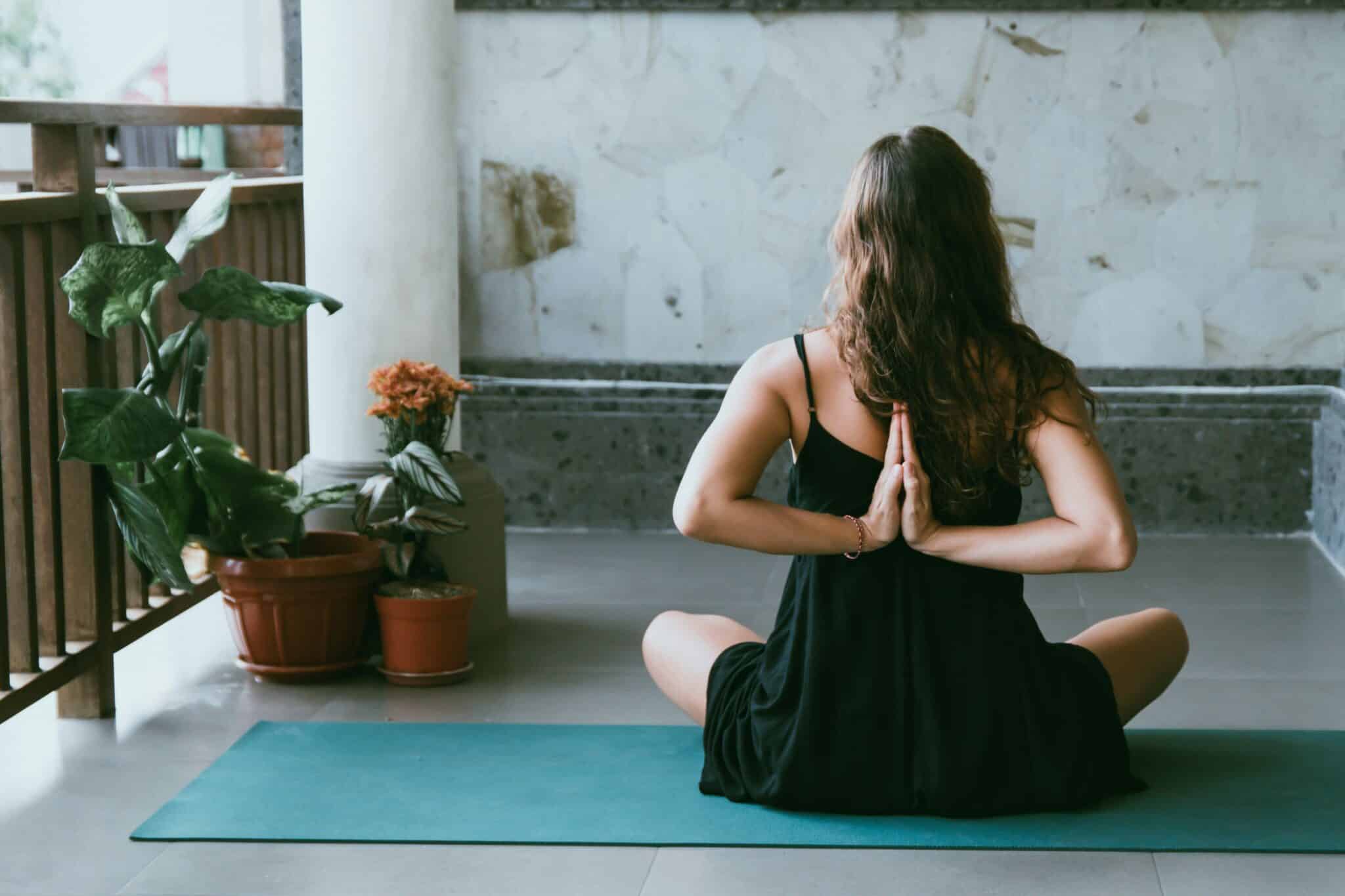
- Should You Train To Muscle Failure Every Set? What You Need To Know - March 4, 2025
- Nutrition in a Hurry: Top Post-Workout Snacks for Active People - February 20, 2025
- 15 Healthy Meal Prep Recipes: Your Weight Loss Made Easy - February 18, 2025
In the bustling world of fitness, two disciplines stand out for their profound impact on both mental and physical well-being: yoga and Pilates. When you delve into their contrasting routines, you’ll discover how yoga’s ancient traditions emphasize flexibility, relaxation, and mind-body connection, while Pilates offers a more structured approach aimed at core strength and controlled movement. By understanding these key differences, you can choose the path that best aligns with your personal fitness goals and enhances your overall health. Whether you’re seeking tranquility or targeted muscle toning, this exploration of yoga and Pilates will guide you in making an informed decision for your journey toward a balanced mind and body. Have you ever wondered what the real differences are between Yoga and Pilates? With so many fitness regimes available, it can be overwhelming to pick one that suits not only your body’s physical needs but also aligns with your mental wellness goals. Let’s dive deep into the contrasting training routines of Yoga and Pilates to help you make an informed decision for your mind and body.
Explore the benefits of each practice to find the best fit for your wellness journey.
If you’ve been contemplating whether to start Yoga or Pilates, you’ve come to the right place. Both practices bring a multitude of benefits, but they serve different purposes and are founded on different principles. Knowing what sets each apart can be the first step toward a more balanced and fulfilling fitness regime.
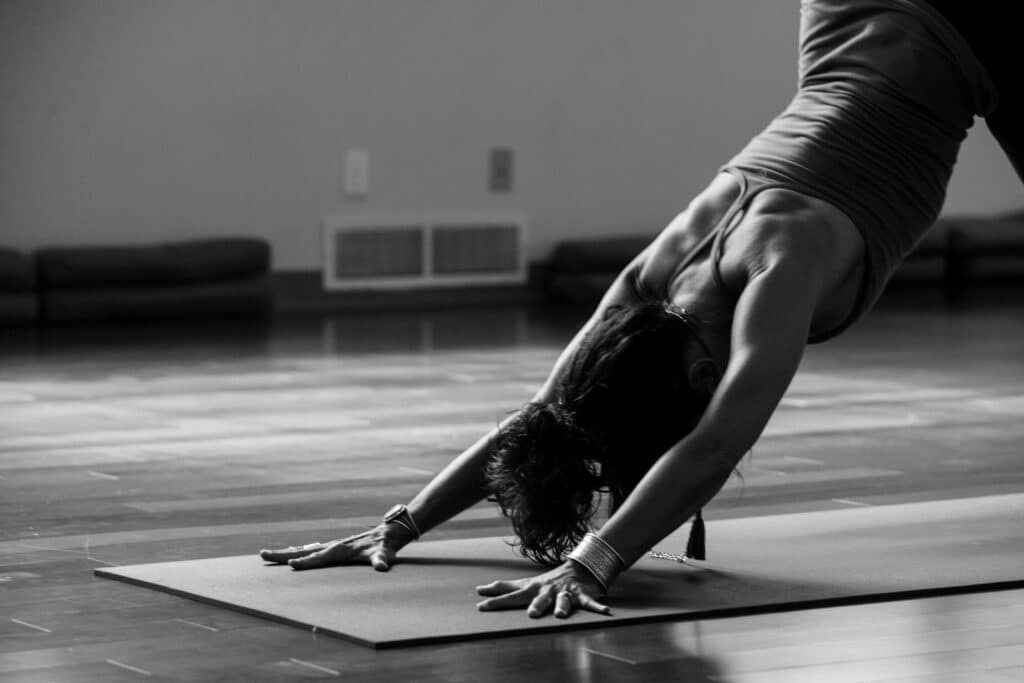
What is Yoga?
Yoga, an ancient practice that originated in India, is much more than just a form of physical exercise. It is a comprehensive approach to well-being that encompasses spiritual, mental, and physical components. The practice of Yoga involves a series of postures, breath control, and meditation techniques aimed at unifying the mind, body, and spirit.
Types of Yoga
Yoga isn’t a one-size-fits-all program. Here’s a quick glance at some of the most popular forms:
| Type | Description |
|---|---|
| Hatha | A gentle form of Yoga focusing on basic postures and breathing exercises. Ideal for beginners. |
| Vinyasa | A dynamic and flowing style that links breath with movement. Great for those looking for a more vigorous workout. |
| Ashtanga | A rigorous and fast-paced practice consisting of a specific sequence of postures. It can be physically demanding but highly rewarding. |
| Bikram | Consists of 26 specific postures practiced in a room heated to 105°F. Perfect for those who enjoy a good sweat. |
| Iyengar | Focuses on precise alignment and uses props such as blocks and straps. Suitable for those looking to improve their posture and flexibility. |
| Kundalini | A spiritual form that emphasizes breathing, meditation, and chanting. It aims to awaken the latent energy at the base of the spine. |
Benefits of Yoga
Taking up Yoga can be transformative in numerous ways. Here are some key benefits:
- Mindfulness and mental clarity: Yoga promotes mindfulness through breath control and meditation, helping you stay focused and present.
- Flexibility and strength: Regular practice improves flexibility, muscle tone, and strength.
- Stress reduction: The combination of physical activity and mental relaxation techniques helps alleviate stress and anxiety.
- Improved posture: Yoga focuses on alignment, which can help rectify postural imbalances.
- Enhanced cardiovascular health: Dynamic forms like Vinyasa and Ashtanga offer cardiovascular benefits.
What is Pilates?
Pilates, developed by Joseph Pilates in the early 20th century, is a regimen that primarily focuses on core strength, flexibility, and overall body control. Unlike Yoga, Pilates is more fitness-oriented and aims to build optimal core strength and stability. The exercises are designed to be performed in precise, controlled movements and are usually done on a mat or specialized equipment such as the Reformer.
Types of Pilates
There are mainly two types of Pilates you can explore:
| Type | Description |
|---|---|
| Mat Pilates | Performed on a mat, it uses your body weight for resistance. Good for improving core strength, flexibility, and overall fitness. |
| Reformer Pilates | Uses a special machine called the Reformer, which adds resistance through springs and pulleys. Ideal for enhancing strength and control. |
Benefits of Pilates
Pilates offers a different set of benefits that cater to specific fitness needs:
- Core strength: Almost every exercise emphasizes core muscles, making it highly effective for building strong abdominal muscles.
- Improved flexibility: Stretching and controlled movements enhance overall flexibility.
- Postural correction: Pilates focuses on alignment and spine health, helping to alleviate chronic back pain.
- Balance and coordination: The exercises require precise movements, improving both balance and coordination.
- Rehabilitation: Pilates is often recommended for injury recovery due to its low-impact nature.
Comparing Yoga and Pilates
To make it easier to understand the differences and similarities between Yoga and Pilates, let’s summarize key points in a comparison table.
| Feature | Yoga | Pilates |
|---|---|---|
| Origin | Ancient India | Early 20th century, Germany |
| Main Focus | Mind, body, spirit unity | Core strength, flexibility, body control |
| Types | Hatha, Vinyasa, Ashtanga, etc. | Mat Pilates, Reformer Pilates |
| Breathing Techniques | Deep, meditative breathing | Specific breathing to support movements |
| Spiritual Component | Yes, strongly emphasizes mindfulness and meditation | No, primarily focuses on physical fitness |
| Equipment | Mats, blocks, straps (sometimes) | Mats, Reformers, resistance bands, and specialized machines |
| Flexibility and Balance | High emphasis on flexibility and balance | Focuses on controlled, precise movements for balance |
| Cardiovascular Health | Less emphasis on cardio, and more on strength and stability | Less emphasis on cardio, more on strength and stability |
| Community | Often practiced in groups with a sense of spirituality | Typically more focused, less communal and spiritual |
Who Should Choose Yoga?
Seeking Mindfulness and Relaxation
If you are seeking a holistic practice that promotes mental wellness and spiritual growth along with physical benefits, Yoga is an excellent choice. The deep breathing exercises and meditative aspects can help reduce anxiety, improve emotional health, and cultivate a sense of inner peace.
Flexibility and Gentle Strength
For individuals looking to improve their flexibility and muscular endurance, Yoga offers a diverse range of poses that target all muscle groups. Gentle forms like Hatha are excellent for beginners or those recovering from injuries, providing a low-impact way to strengthen the body.
Stress and Anxiety Reduction
With its focus on deep breathing and mindfulness, Yoga is particularly effective for reducing stress and anxiety. Practices like Pranayama (breath control) can help calm the nervous system and enhance your overall emotional well-being.
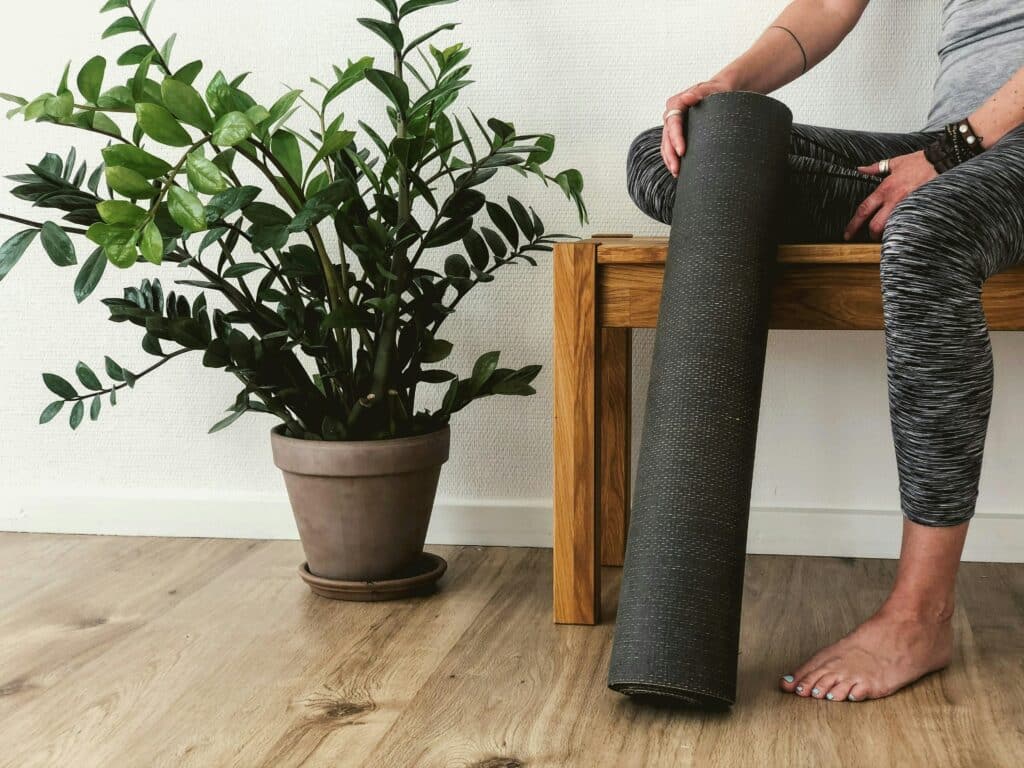
Who Should Choose Pilates?
Core Strength and Stability
If your primary goal is to develop a robust core and improve overall muscular strength, Pilates is the way to go. The workouts specifically target the deep muscles of the abdomen, back, and pelvic floor, making them highly effective for core conditioning.
Injury Rehabilitation
Pilates is often recommended by physiotherapists for injury rehabilitation due to its low-impact and controlled movements. Whether you’re recovering from a sports injury or dealing with chronic pain, Pilates can help you regain strength and mobility without putting undue stress on your joints.
Precision and Control
For those who prefer a more structured, fitness-oriented exercise regimen, Pilates provides precise and controlled movements that promote balance, coordination, and strength. This makes it a great option for people who enjoy a disciplined approach to their workouts.
Combining Both Practices
Many people find that combining both Yoga and Pilates offers a balanced fitness routine that addresses multiple aspects of health and wellness. Here’s how you can blend these practices:
Weekday Routine Example
- Monday: Start with a Vinyasa Yoga session to get your heart rate up and muscles warmed.
- Tuesday: Focus on core strengthening with a Reformer Pilates class.
- Wednesday: Unwind with a Hatha Yoga session focusing on gentle stretches and breathwork.
- Thursday: Opt for a Mat Pilates workout to engage and stabilize your core.
- Friday: End the week with a Kundalini Yoga session to center your mind and spirit.
Benefits of Combining
- Comprehensive Fitness: Incorporating both practices ensures that you are working on flexibility, strength, balance, and mindfulness.
- Reduced Risk of Injury: The diverse range of movements prevents the overuse of specific muscle groups, lowering the risk of injury.
- Enhanced Mental Well-being: While Yoga promotes relaxation and mindfulness, Pilates enhances focus and body awareness.
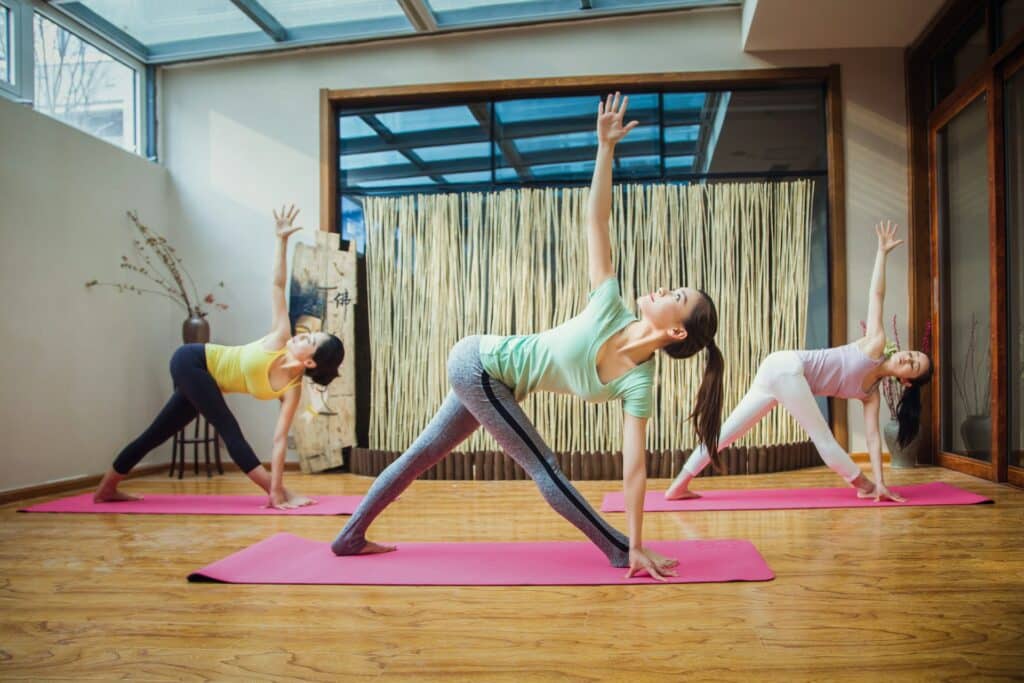
Conclusion
Both Yoga and Pilates offer unique and valuable benefits that cater to different aspects of mind and body wellness. Yoga provides a holistic approach with a focus on mindfulness, flexibility, and spiritual growth. On the other hand, Pilates emphasizes core strength, precision, and overall stability, making it an excellent choice for a fitness-driven routine.
If you’re looking for a well-rounded fitness program, why not try integrating both Yoga and Pilates into your routine? The combination of these two practices can offer a more comprehensive approach to achieving a balanced and healthy lifestyle.
Have you decided which path to take, or perhaps a blend of both? Whether you lean towards the spiritual and meditative aspects of Yoga or the core-focused, controlled movements of Pilates, the most important thing is to find a practice that resonates with you and supports your journey to well-being. Happy practicing!
Table of Contents


